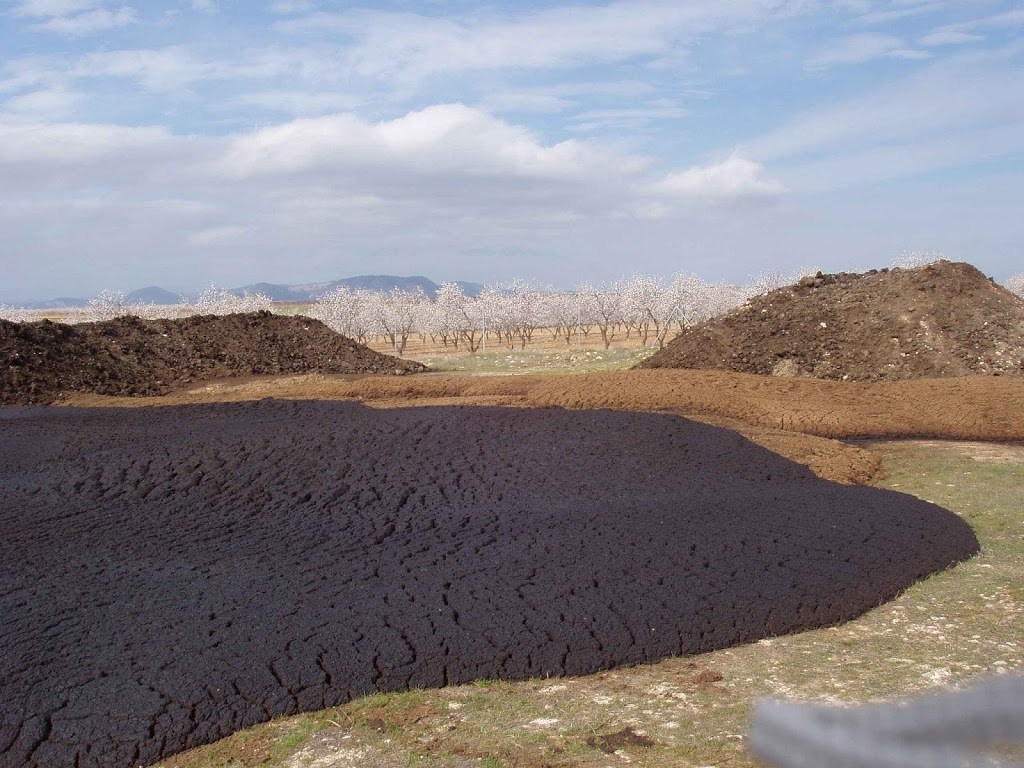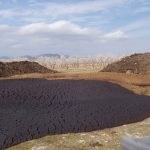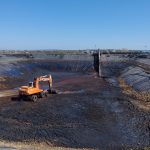How to get the most out of the olive pomace? It is a question that many pomace extractors in Spain are currently asking. And to know the answer to this question, it is necessary to know what the olive pomace is and what are the different outlets it has. We will deal with this topic throughout different blogs.
What is olive pomace and how do you take advantage of it?
The moist fatty olive pomace is a by-product of the mills that arises during the extraction of olive oil; It is the mixture of: vegetable waters and solid parts of the olive, such as the stone, the mesocarp and the skin and fatty remains. Therefore, we can take advantage of the alperujo obtaining, among others, pomace, bone and vegetable water oil, mainly being able to obtain income from the sale and use of each of these.
Pomace oil: It is a vegetable oil that comes from the olive grove used both for consumption in homes and for consumption in the hotelry and food industry. In many cases, such as for frying, it has been proven to be better than sunflower oil.
Olive stone: In the last campaigns, an average of 435,000 tons/year have been produced. It can be used for self-consumption in the pomace itself where a self-consumption of 25% and a commercialization of 75% are estimated. Its application as a fuel is more competitive in domestic boilers, due to its price and its low ash content, as well as its high calorific value.
Dry fatty pomace (Orujillo): In the last 6 campaigns, an average of around 1,500,000 Tm/year has been produced, of which 18% was dedicated to self-consumption, 45% was sold for electricity production (675,000 Tm/year) and the rest (37 % = 555,000 Tm/year) is marketed or exported to cement and brick factories, among others.
PRODUCTS WITH HIGH ADDED VALUE. CHANGE IN THE MODEL:
In order to obtain new avenues of income, it is very interesting to modify the current model established in most of the pomace oil producers, that is, to go from 2 phases to a 3 phase model. In this way we obtain vegetable water that can provide different income.
Phenols: they are compounds with high antioxidant power, dissolved in the aqueous phase of moist fatty pomace, widely used in cosmetics and as a food supplement. Phenols can replace antifoams.
Hydroxytyrosol: antioxidant existing in the olive pomace from which derivatives such as nitrocatecoles are obtained with great nutritional power and very useful in the fight against cancer, especially against leukemia.
The problem with phenols and hydroxytyrosol is that they are found in minimal amounts, unless you work in 3 phases, since they are found mainly in the vegetable water. Therefore, when working in 3 phases, the vegetable water would be obtained, which can be obtained by treating it properly.
INNOVATION IN THE TREATMENT OF OLIVE POMACE
From Smallops we have created a treatment through which we are able to get more out of the olive pomace and obtain new income in an environmentally sustainable way. A method created for 3-phase models despite being adaptable to 2-phase models. With our technology we obtain biogas exclusively from olive pomace and vegetable water. We treat waste and by-products in such a way that we obtain biogas with excellent yields. In addition, we achieve a digestate that can be used as a fertilizer in olive trees, among other crops.
And we don’t just make biogas! With our treatment we managed to produce iron nanoparticles encapsulated in carbon. Some products with different applications such as water treatment or the improvement of biogas production.
In this way, at Smallops we fight against climate change; producing green energy from the olive pomace and a sustainable product, highly innovative and with high added value.
And all based on a zero waste circular bioeconomy model!




